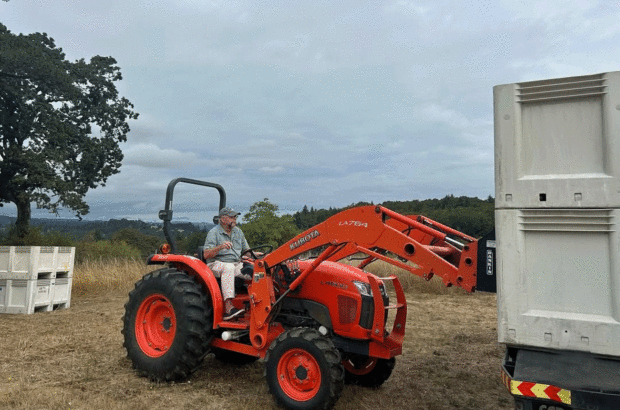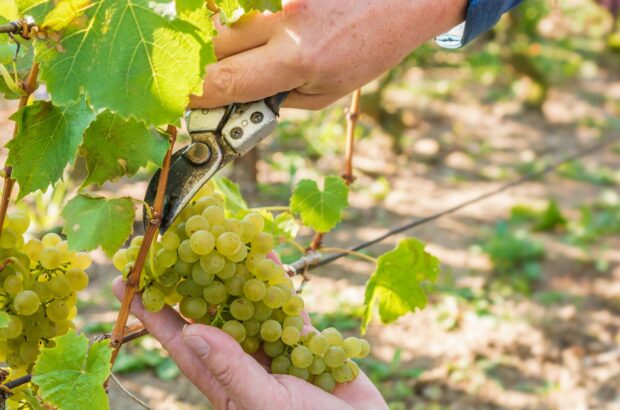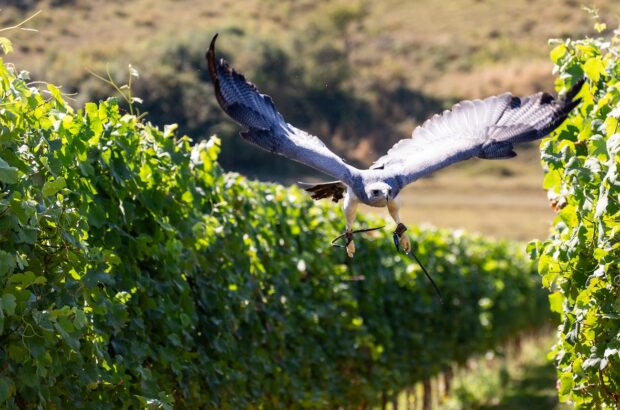The dry whites of Pessac Leognan have come out of this year's en primeur tastings with a solid vote of confidence from Decanter's tasting team – followed by Pomerol and Margaux.
Vines in Pomerol, a ‘stand-out’ appellation
A one-sentence summary might be that the vintage can be rated alongside 2011, ‘but in a different style – more fruity and pleasing up front,’ as Decanter’s James Lawther MW said.
It was definitely what French winemakers call ‘heterogeneous’, and what critics, with less formality, describe as ‘all over the place’, or ‘a little up and down’, as Stephen Brook said.
Thus it is very difficult to generalise on quality, or to say with any confidence that 2012 favoured Merlot, or Cabernet Sauvignon. What is certain is the weather was so difficult, with spring rains and summer heatwaves, that the richer properties, those who could afford to work hard in the vineyard, generally made better wines than those more at the mercy of the elements.
But Decanter’s team – Steven Spurrier on the left bank, Lawther on the right bank, and Jeannie Cho Lee MW in Sauternes and Barsac – are united in finding the vintage ‘better than expected’.
In this they are backed up by other critics such as Brook and Ian D’Agata.
‘There were some lovely wines,’ D’Agata said. ‘They’re going to be ready to drink sooner so we can have fun with the 2012s while we wait for the blockbusters of 2009 and 10 to arrive.’
For Spurrier and for others, a pleasant surprise was Pessac Leognan. ‘This is really a very good vintage for white wines (though unfortunately not sweet whites),’ Spurrier said. ‘I think the best whites were in Pessac Leognan without a doubt.’
On the left bank, Spurrier said Margaux and St Estephe showed better than St Julien, which was ‘all over the place’, and Pauillac.
‘The tannins in Margaux have been among the ripest I’ve tasted,’ said Lynne Coyle, head of wine buying at O’Briens in Dublin, ‘and the commune as a whole stood out.’
On the right bank Pomerol was highly praised. The JP Moueix properties – which include La Fleur Petrus, Hosanna and Trotanoy as well as Magdelaine and Belair Monange in St Emilion – were singled out as a high point for many of the hundreds of critics who attend the tastings at the company’s Libourne HQ.
Lawther agrees, calling Pomerol the ‘star appellation: the right bank has the greatest chance of fruitiness.’
Spurrier said, ‘Pomerol has had all the luck, with St Emilion following on, but a lot of St Emilions I found rather extracted.’
Overall, Brook said, ‘the Pomerols were very good, just as in 2006 – they benefitted from being able to pick early, before the heavy rains, because they have soils which allow early ripening.’
At J-P Moueix, Edouard Moueix told Decanter.com they achieved good concentration and ripeness by ‘a good deal of work in the vineyards, leaf-cutting and green harvests.’
On average the Moueix properties had an extremely low yield of 22 hectolitres per hectare – a third the average for the rest of Bordeaux. At Cheval Blanc in St Emilion, for example, the figure was 37hl/ha.
Such attention to detail bears out the view of many that this was what is popularly called ‘a winemaker’s vintage’ – one that required great effort and expense to make it worthwhile.
Spurrier said, ‘it’s more of a terroir vintage: if the work wasn’t done in the vineyards then it could not be done in the cellar.’
He added, ‘it becomes more and more plain in Bordeaux that it’s the chateaux that have the finances, that sell their wines for more money, that re-invest, who are drawing ahead of the pack.’
Philippe Dhalluin, technical director at Chateau Mouton-Rothschild, corroborated such a view when he told Decanter.com they had ‘500 pickers’ ready to be deployed to seize every opportunity in every parcel of the vineyard.’
The disappointment of the week was Sauternes. High-profile chateaux such as Yquem, Rieussec and Raymond Lafon chose not to make a vintage in 2012, decisions announced in December and which angered many who considered they had the potential to make an acceptable wine.
But even the best Sauternes were mediocre. ‘I must be honest and say it is not a good Sauternes year. Not bad, but light,’ Brook said.
Cho Lee called it ‘a modest year for most Sauternes producers. The quality is focussed on Barsac, while in the centre of Sauternes there aren’t many stand-outs. I would say overall go for Barsac – they have generally outperformed the vintage conditions.’
Written by Adam Lechmere, Jane Anson and Georgie Hindle in Bordeaux







